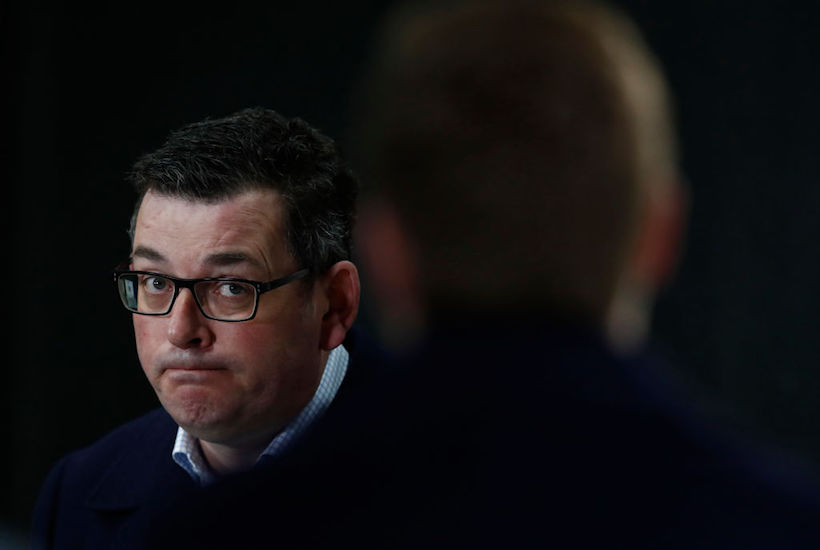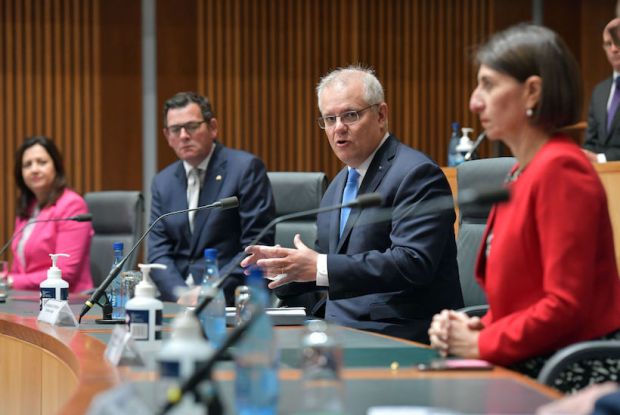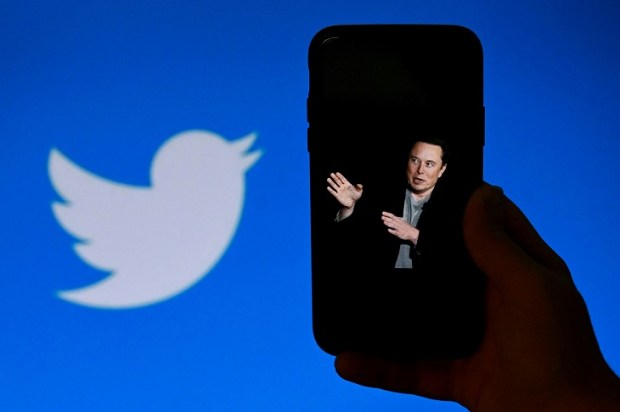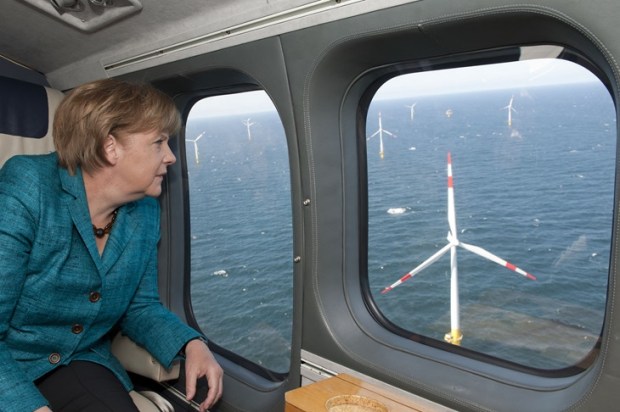Have you noticed the latest scare tactic pushed in the Victorian press conferences?
After 16 months of waiting for the dreaded ‘new case’ number to drop each morning, we now have a new one to wait for – primary close contacts.
Not people that have Covid – people that were near people that have Covid.
Daniel Andrews on July 20 announced that the fifth state-wide lockdown had to be extended because “we can’t run the risk that there are cases out there.”
The entirety of regional Victoria having their lockdown extended – even with many towns never having a single case of the virus since the pandemic began – was justified as Brett Sutton warned “around a third of all of our primary close contacts are right across regional Victoria.”
In March 2020 we were told lockdowns were a necessity because we had to flatten the curve to stop hospitals being overwhelmed. That set the goalposts in a reasonable place. An overwhelmed health system would be a disaster. Australians would do ‘the right thing’ to make sure that would not happen.
But hospitals were never overwhelmed. So, our leaders, rather than declaring victory and returning our freedoms to us, moved the goalposts to ‘new case numbers’ to justify further lockdowns. That was already a huge shift. Now the problem wasn’t death or an overwhelmed hospital system – lockdowns were being determined on the number of sick people.
These people who tested positive could be asymptomatic or they could be on a ventilator – it didn’t matter, they all counted as the same.
But it appears that the daily new case numbers don’t generate the same kind of raw fear they used to. Victorians would have seen that even when there were 700 cases a day in our second lockdown, it still didn’t translate to an overwhelming amount of deaths and hospitalisations.
A new method of ensuring compliance and support for these destructive and non-sensical lockdowns needed to be found.
And so the Andrews government have settled on close contacts. And why not? The numbers are huge! Just look at the details read out in the July 20 press conference:
3,800 close contacts in isolation from the outbreak at the MCG.
2,500 primary contacts identified from the outbreak at Trinity Grammar.
700 primary close contacts in isolation from the Phillip Island cluster.
Hundreds! Thousands! Everyone run for the hills!
Except that very few of these people have tested positive yet. In fact, as of July 20, 14 cases are linked to the MCG, nine to Trinity Grammar, and in the 24 hours to 20 July, only one new case was found in that Phillip Island cluster.
Yet still, the goalposts are for the moment firmly planted on the idea that we have to stop people being near people who have Covid. This is quite a distance from an overwhelmed hospital system.
This isn’t just rampant scaremongering designed to beat us into compliance while there is a lockdown on. It also is going to be a disastrous way of thinking about life once the lockdown is over.
Because now giant crowds are the enemy. But for many Victorians, giant crowds are a livelihood.
If the bureaucrats running Victoria’s Covid response deem it necessary to protect us from big crowds, then we are miles away from seeing packed out sports stadiums and theatres.
The AFL and major sporting codes might be able to weather the storm, but the heart breaks for the arts community.
Banned from entertaining crowds for large parts of 2020, allowed to perform to half-capacity crowds for most of 2021 and now banned from entertaining again, the arts community has been one of the biggest victims of these rolling lockdowns.
From February to August in 2020, more than 26,000 Victorian employed in the arts and recreational services sector lost their job.
And many more will join them in the Centrelink que. Crowd number restrictions will be one of the last measures to be removed as long as ‘primary close contacts’ remains the metric by which public health bureaucrats are forced to assess our Covid situation.
We must return the goalposts to where they started. The right way to form a Covid response is to approach it from the perspective of medical capacity – by whether or not the state’s health system has the capacity to manage Covid hospitalisations, and if not how it can be bolstered.
Because if ‘primary close contacts’ is the number that determines our freedom, then Melbourne’s culture is gone. Shuttered theatres, closed venues, cancelled parades and Centrelink lines of broke and broken entertainers will be the new normal.
James Bolt is a Research Fellow at the Institute of Public Affairs. Join as a member at www.ipa.org.au.
Got something to add? Join the discussion and comment below.
Get 10 issues for just $10
Subscribe to The Spectator Australia today for the next 10 magazine issues, plus full online access, for just $10.


























Comments
Don't miss out
Join the conversation with other Spectator Australia readers. Subscribe to leave a comment.
SUBSCRIBEAlready a subscriber? Log in